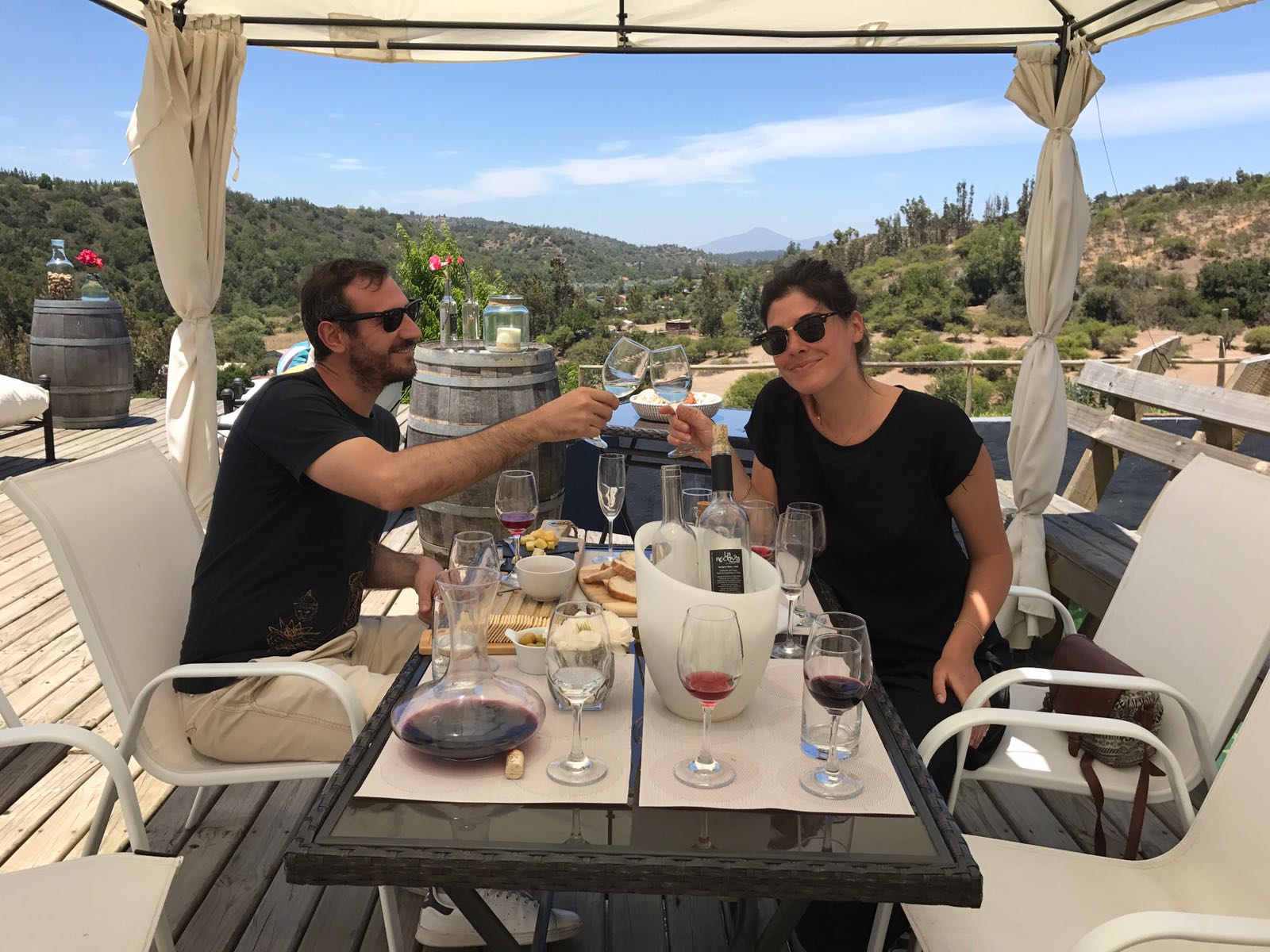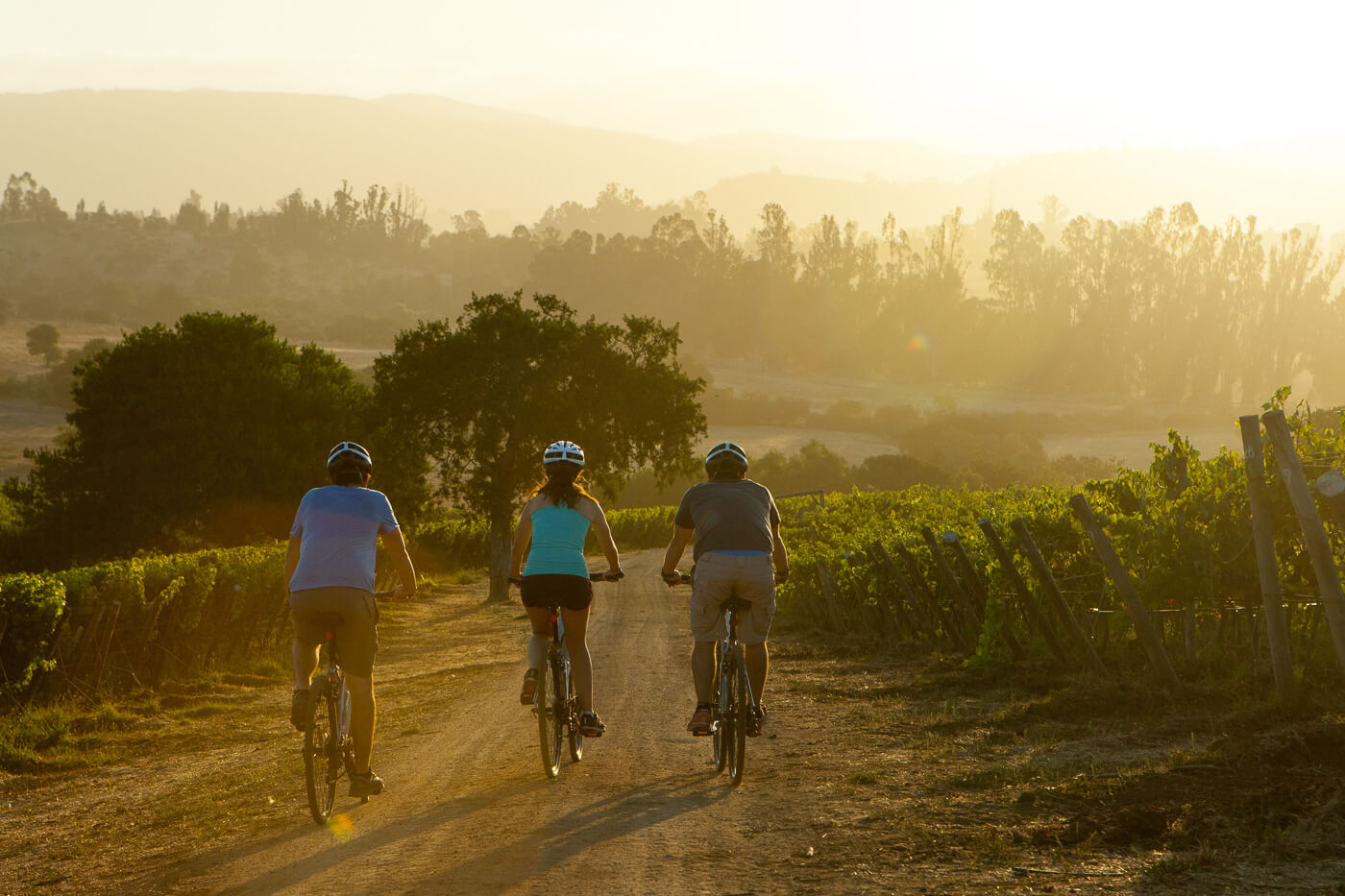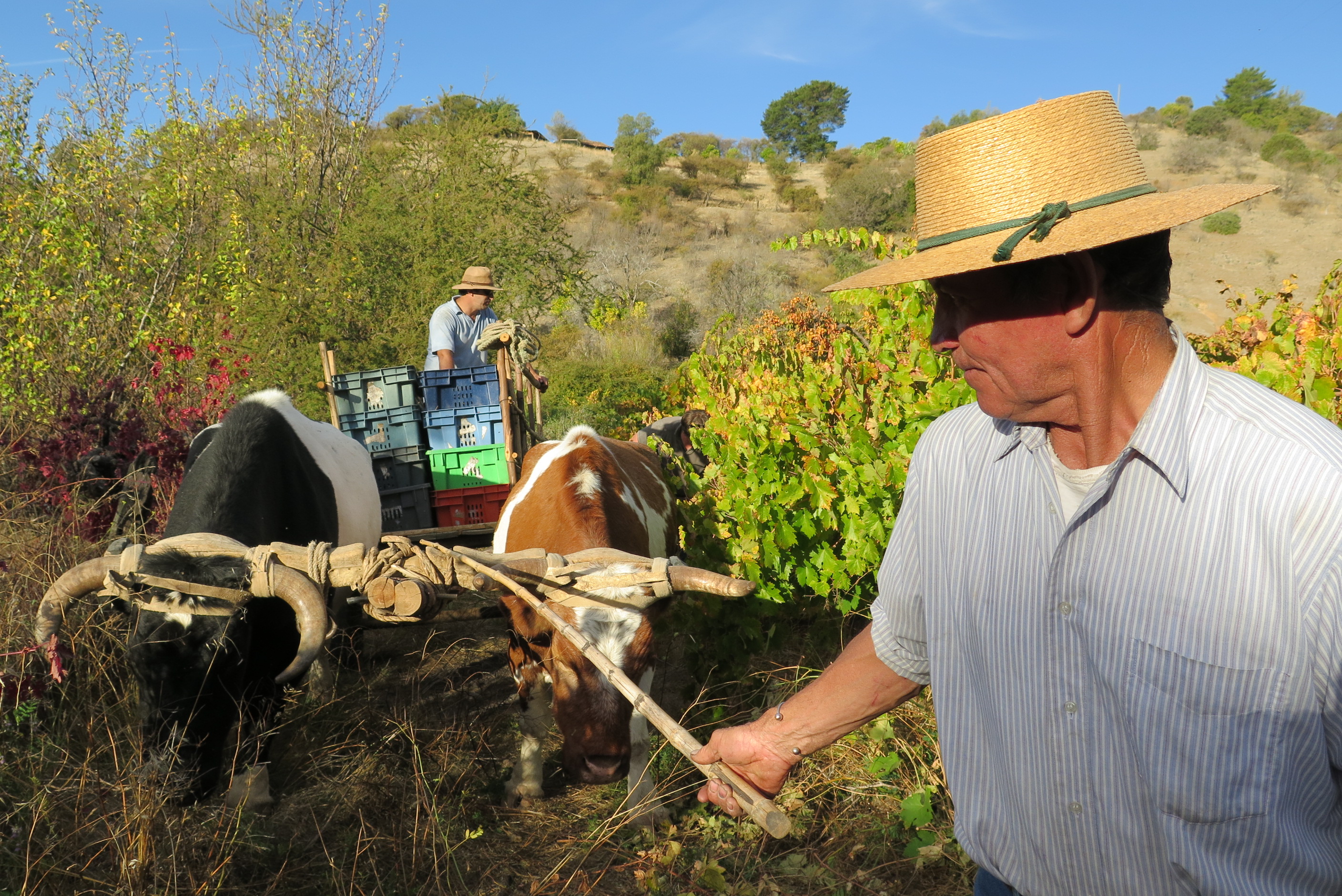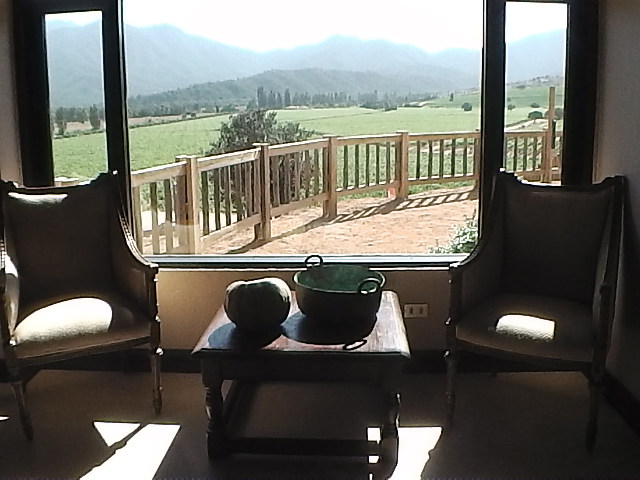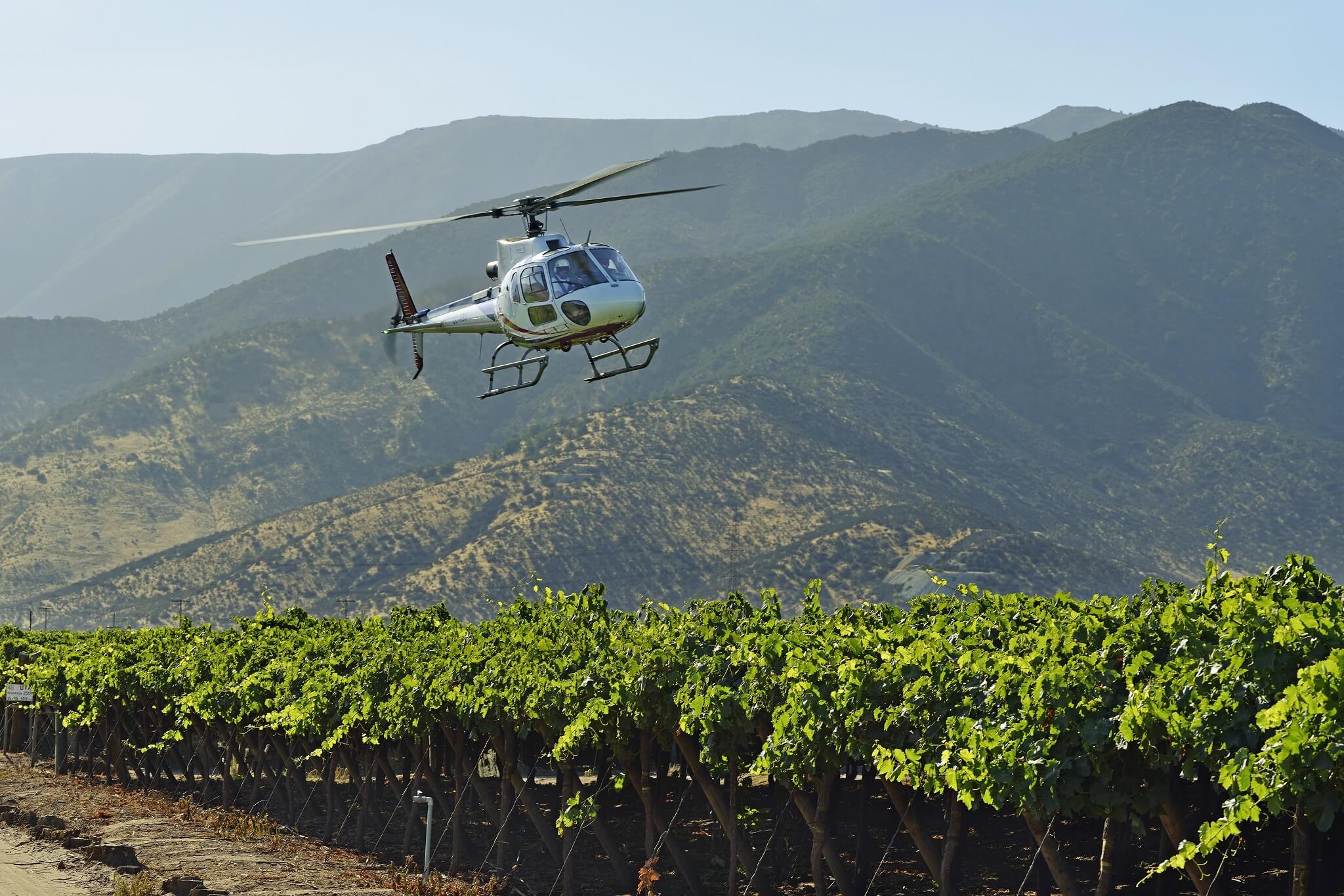guide to
Casablanca Valley
Chile’s coastal wine valleys
Casablanca Valley
Chile’s move toward cool-climate viticulture began 25 years ago when innovative winemakers dared to suggest planting in the pre-coastal region of Casablanca Valley. Chardonnay continues to reign, but Sauvignon Blanc and Pinot Noir – two of Chile’s most attention-grabbing varietals – are on the rise. Now with time and experience under their belts, growers have better identified the ideal locations for each variety in this valley that has many distinctive microclimates born of small valleys, rivers, rises and vegetation, as well as varied terroirs.
Major wine varieties from the Casablanca Valley: Malbec, Merlot, Syrah, Cabernet Franc, Pinot Noir, Sauvignon Blanc, Chardonnay, Gewürztraminer, Riesling
Neihboring wine valleys of note include:
San Antonio Valley
Once known primarily as a working port, the inland part of San Antonio has proven fruitful for bold growers who use the cool ocean breezes to their advantage. San Antonio is now a premium area for producing cool, weather-loving grapes such as Sauvignon Blanc, Chardonnay, Pinot Noir, and Syrah. Despite some challenging environmental conditions, distinctive crisp and mineral-edged wines make the effort well worth the trouble.
Leyda Valley
This could be considered a subsection of the San Antonio Valley, an area with a strong cooling Pacific influence from the Humboldt Current. It has granite soil, with rolling hills at up to 30 degrees of incline. The Leyda Valley is known for its Pinot Noir and Sauvignon Blanc wines, but also produces Chardonnay, Riesling, and Sauvignon Gris, the last two of which are a bit unusual, though not unheard of for Chile.
Major wine wine varieties from the San Antonio/Leyda Valleys: Syrah, Pinot Noir, Sauvignon Blanc, Gewürztraminer, Riesling, Sauvignon Gris.
WHEN TO GO
Recommendable all-year though we suggest harvest time (Vendimia), which varies between March and May each year.
HOW TO ARRIVE
Driving from Santiago: Approx. 1.5 hours
Good to know
Language: Spanish Currency: Chilean Peso (CLP) Visas/fees: Travel to Chile does not require a visa for US/US/EU/CAN/AUS travelers. AUS citizens must pay a reciprocity fee.
What to do in Casablanca Valley, Chile
Ready to go? Here’s what to pack
Chile’s coastal wine valleys enjoy warm, sunny days and cool, breezy nights. Dressing in layers is recommended, as well as exercise gear if you like to explore the land on bike like we do.
- Closed-toed shoes, including boots in colder months, for walking through the vineyards
- Cycling or workout clothing, if you wish to actively explore
- Layered clothing
- Sunblock (summer sun is especially strong)
Travel tunes: Playlists for Chile’s Wine Country
Where to stay: Overnight Recommendations
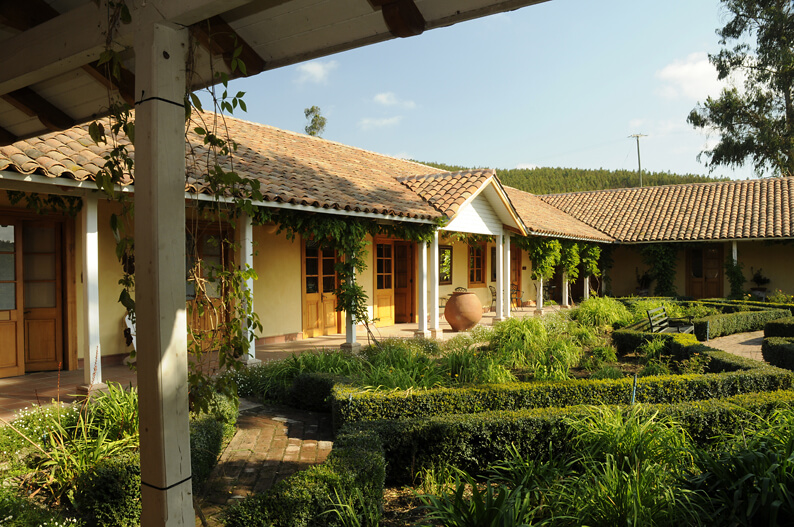
Casona Matetic
The vibe: Elegant, tranquil boutique hotel
The location: Nestled on the grounds of Matetic Vineyard in the scenic San Antonio Valley
Good for: Those looking to be swept away by vineyard charm
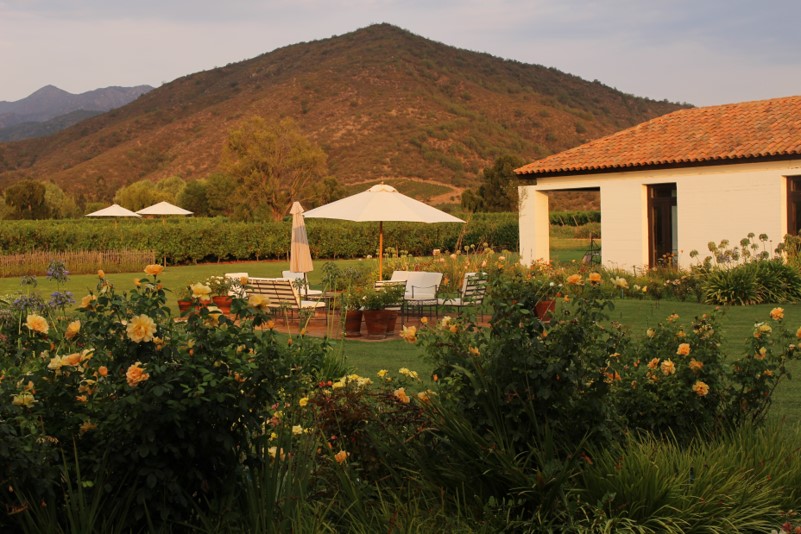
Casa Macaire
The vibe: Peaceful and private
The location: A private vineyard estate in Casablanca Valley
Good for: Private groups or families looking for all the comforts of home in a vineyard
Tips from our Team
- The coastal Chilean wine regions are not to be missed, even if you are just passing through Santiago! Heading directly from the Santiago airport to the valleys is a great way to start your stay in Chile.
- Seek the small-production wineries, especially members of MOVI (which stands for Movement of Independent Winemakers in Spanish) who are dedicated to the art of winemaking at a human-scale
